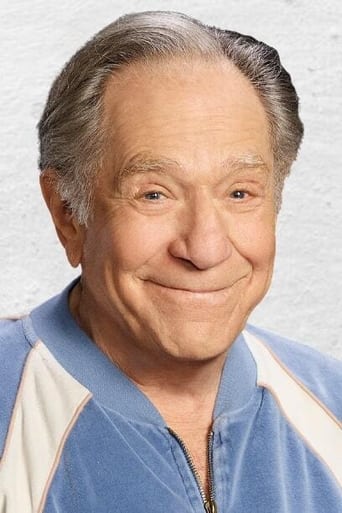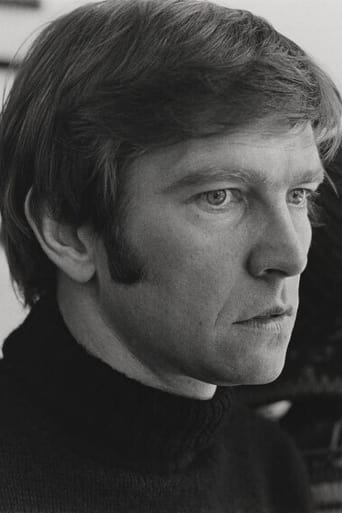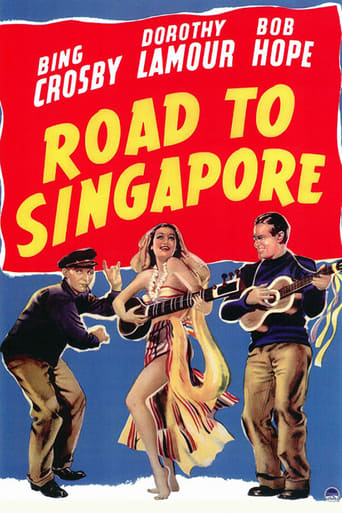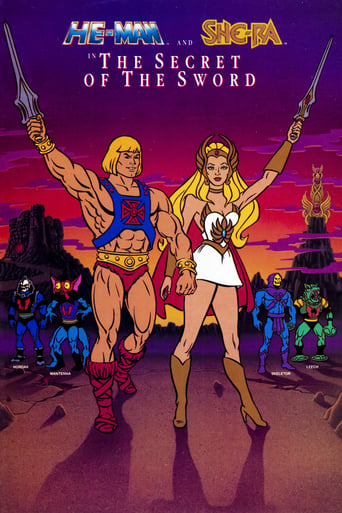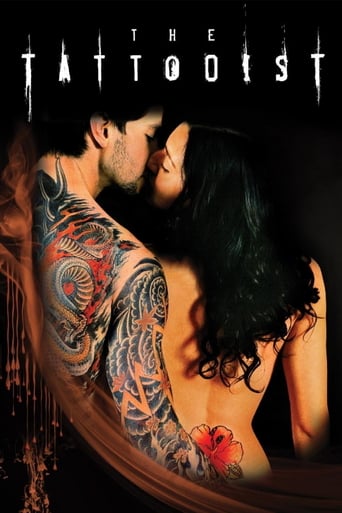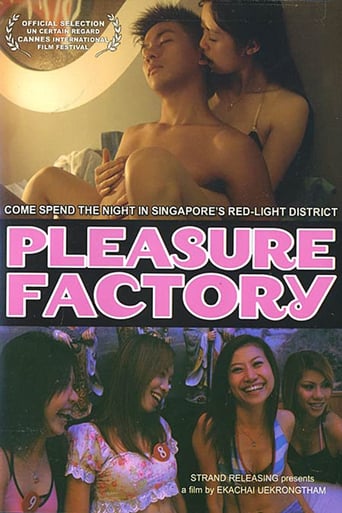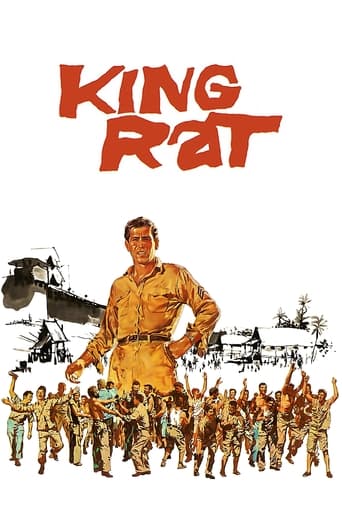
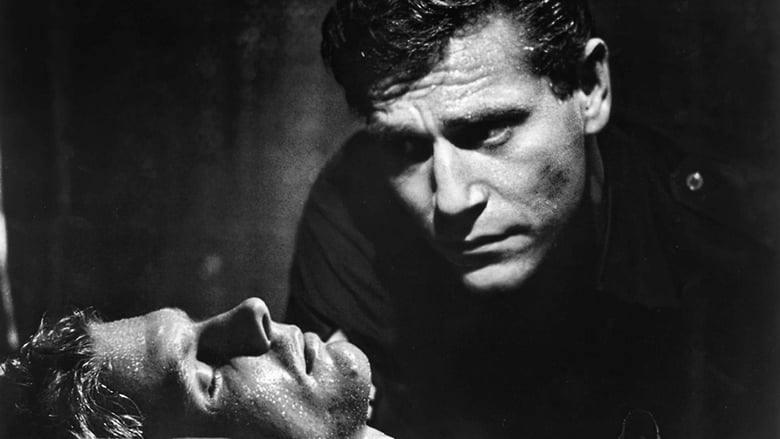
King Rat (1965)
When Singapore surrendered to the Japanese in 1942, the Allied POWs, mostly British but including a few Americans, were incarcerated in Changi prison. Among the American prisoners is Cpl. King, a wheeler-dealer who has managed to establish a pretty good life for himself in the camp. King soon forms a friendship with an upper-class British officer who is fascinated with King's enthusiastic approach to life.
Watch Trailer
Cast
Similar titles
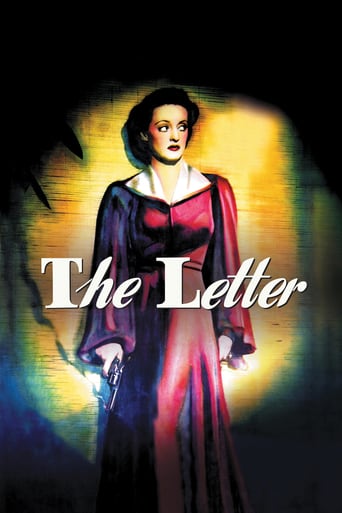
Reviews
I love this movie so much
Such a frustrating disappointment
Although it has its amusing moments, in eneral the plot does not convince.
This is a small, humorous movie in some ways, but it has a huge heart. What a nice experience.
This WWII prison camp drama set in the steaming Burmese jungle is a metaphor for the horrors of World War II and features what is easily George Segal's best dramatic performance, an even better one by James Fox, and lean, taut direction from Bryan Forbes. It also offers many insights on the British class system and takes a very grimly pessimistic view of the human condition. There is some humor but it is darkly sardonic and somewhat sadistic in nature. Segal's con artist extrodinaire Sergeant King is the dark side of Segeant Bilko and he employs bitter cynicism as opposed to the wisecracking humor of Phil Silvers. It is based on a novel by James Clavell, and is a better film, if not more entertaining, than the author's "The Great Escape," which was released a couple of years prior to "Rat." With the exception of Segal, the British cast members greatly outshine their American counterparts. Tom Courtenay, the always wonderful Denholm Elliott, John Mills, Gerald Sim, Leonard Rossiter, and Alan Webb all contribute memorable characterizations, but by far the best is James Donald as the compassionate, humane camp doctor, practically reprising his role of eight years earlier in "Bridge on the Rver Kwai' also set in a Burmese prison camp.
Pretty much everything has been said in the other reviews. The only thing I can add is that the book SHOULD be read before watching the movie. I just watched the film on "AntennaTV". It ran for 3 hours(w/lots of commercials) and while it was a good adaptation of the book it didn't come close to the character/plot development needed to really appreciate the film. What struck me was the realization that if I hadn't read the book I would have been relatively clueless to a lot of what, and why, things were happening in the film. I don't fault the screenplay or the director. There was just so much going on that it would've been impossible to cover it in 130(?) minutes.It's been 25 years since I first read the book and, since then, I've probably read it more times than any other book I own.In short, read the book and then watch the film. You'll get sooooo much more out of it.
I have no doubt that if William Holden's Sergeant Sefton from Stalag 17 ever met up with George Segal's Corporal King from King Rat, King would survive easily. He's got a much tougher chance for survival where he is in the Malayan jungle in a Japanese prisoner camp.Segal is quite the operator in fact had he been captured alone as William Holden did in that other famous POW part he played in The Bridge of the River Kwai, Segal would probably have swapped identities with an officer and he'd have made it work for him better than Holden did in his role. As it is he's doing a pretty good job of surviving, he's a street smart American kid from the slums for who this is just another jail and that's something he knows about.That doesn't sit well with King and country British officer Tom Courtenay who spends every minute trying to nail Segal on something, anything from collaboration to theft. Segal proves too cagey for him.In fact one way or another everyone does whatever he has to do to survive, something that Courtenay never learns. Even camp prisoner commander John Mills recognizes reality.The Japanese are rarely seen here, unlike in The Bridge on the River Kwai. Presumably these guys are so deep in the jungle they need very little guards. Living on subsistence diet, the mostly British prisoner population police themselves and not once is there an attempt at an escape.James Clavell who wrote the epic Shogun and Taipan about the Orient was a prisoner of war and wrote King Rat in collaboration with director Bryan Forbes who got great performances out of his mostly British cast. Two I didn't mention are James Fox who becomes Segal's interpreter and mistakes his usefulness for friendship and Patrick O'Neal who plays Segal's go-fer sycophant.King Rat got two Oscar nominations for Black and white cinematography and art&set design and lost both to Ship of Fools. It ranks up there with the two William Holden classics as among the best prisoner of war films done. Definitely catch this one when broadcast.
George Segal's character's uniform khaki blouse gives away his origins as a U.S. P.o.W. in a Japanese Prison Camp filled largely with British military personnel. His Shoulder Sleeve Insignia (SSI), on his left sleeve, is clearly the patch of the pre-war U.S. Army's Philippine Division, a gold carabao head on a red field. This outfit, which was based on the Philippine island of Luzon at Forts William McKinley and Stotsenberg, was composed mostly of the native Philippine Scouts, although there were American troops in the all-white 31st Infantry Regiment (the "Polar Bears")and some of the Coast Artillery units on the Fortified Islands and among the service troops.Segal's character must have come out of one of those units. It is hard to say if he had indeed gone on the Bataan Death March, however, he seems to have been resourceful enough to survived that ordeal, the prison camps at Camp O'Donnell and Cabanatuan, and the Hell Ships.
